
AS KEEPERS of British softbills will know, flycatchers vary in shape, from the slim, upright spotted flycatcher and common redstart to the more rotund flycatchers like the robin.
The European pied flycatcher (Ficedula hypoleuca) belongs to a genus of birds that are robin-shaped and have the mannerisms of titmice. There are three other Ficedula flycatchers with pied plumage: the Atlas pied flycatcher (F. speculigera), the semi-collared flycatcher (F. semitorquata) and the European pied flycatcher’s closest relative, the collared flycatcher (F. albicollis). Pied and collared flycatchers are similar in appearance and can hybridise and produce fertile offspring.
The male pied flycatcher sports his dramatic black and white pattern only in the summer. This may include a short white bar or two white spots above the cere, and if he has this white bit, he retains it after the autumn moult. Together with his black upper tail coverts, this then distinguishes him from the female, which is predominantly mousy brown with white on the chin, wings and underparts.
The pied flycatcher, which had the country names “coalfinch” and “coldfinch”, is less common than the more familiar spotted flycatcher. Its population has declined by more than 50 per cent since 1995 in the UK and has also fallen in its European range, due to habitat loss.
هذه القصة مأخوذة من طبعة September 25, 2019 من Cage & Aviary Birds.
ابدأ النسخة التجريبية المجانية من Magzter GOLD لمدة 7 أيام للوصول إلى آلاف القصص المتميزة المنسقة وأكثر من 9,000 مجلة وصحيفة.
بالفعل مشترك ? تسجيل الدخول
هذه القصة مأخوذة من طبعة September 25, 2019 من Cage & Aviary Birds.
ابدأ النسخة التجريبية المجانية من Magzter GOLD لمدة 7 أيام للوصول إلى آلاف القصص المتميزة المنسقة وأكثر من 9,000 مجلة وصحيفة.
بالفعل مشترك? تسجيل الدخول
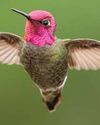
The World's Best-Known Hummingbird?
Intensively studied, the gem-like Anna’s hummingbird is a welcome visitor to the gardens of America’s most populous state: California. Bill Naylor investigates its life history
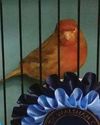
The charm of the English Cinnamon
Despite its long and complicated history, the true Cinnamon canary is still with us – in the hands of a tiny group of breeders. DONALD SKINNER-REID reckons it deserves wider appreciation
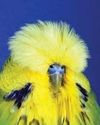
Spangles: a personal overview
FRED WRIGHT relates a budgie story of over-exploitation, consequent problems and abundant potential for the future

New converts to old breeds
Old and rare canaries have a reputation for adding fresh interest and challenge to the hobby. PETE HOOK and NICK JOY agree, and explain the birds’ charm to Dave Brown

Themed aviaries are a hit with the public at annual Stafford show
DECORATIVE AVIARY DISPLAYS from a CBS and an online bird keeping advice group were voted in the top three by visitors for the inaugural Stafford Aviary Competition.
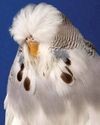
Pieds with potential
More than just a lesser variety, the dominant pied will introduce challenge and change into most studs, reckons CLIVE WAKEMAN. Here he discusses pairings to try and others to avoid

Club News
Welcome to the club and show pages – the bit that’s all about you Results: convention, specialist & rare and Breeder of the Year

Canaries Month by Month:
With Christmas around the corner, BRIAN KEENAN is well into his winter programme, and reckons he might deserve a nice outcross
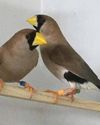
Smart Choice, Docile Nature
Dave Brown welcomes the masked grassfinch to his birdroom and shares advice on this lovely Australian species
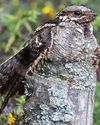
The truth about the ‘flying toad'
Odd local names and weird superstitions can’t hide the beauty and elegance of the nightjar, a species that has made a fascinating subject in a few zoo collections, reveals BILL NAYLOR